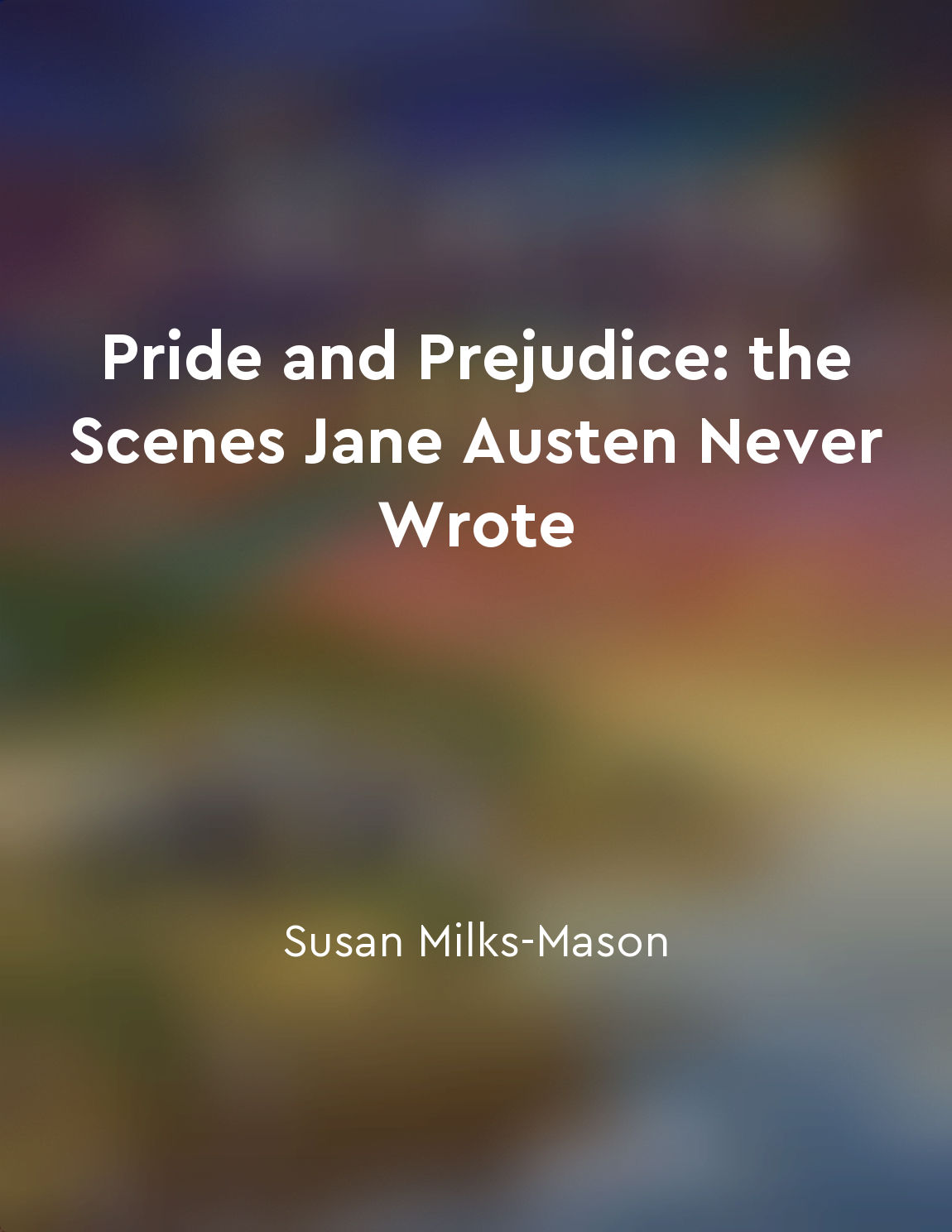Illusion vs reality from "summary" of The Great Gatsby by F. Scott Fitzgerald
Throughout the novel, the characters often find themselves grappling with the blurred lines between what is real and what is merely a facade. Jay Gatsby, for example, constructs an elaborate illusion of wealth and success in order to win back the love of Daisy Buchanan. He throws extravagant parties, purchases a lavish mansion, and surrounds himself with opulence, all in an attempt to recreate the past and make his dreams a reality. However, as the novel progresses, it becomes clear that Gatsby's carefully crafted image is just that – an illusion. Despite his material wealth and social standing, Gatsby remains unable to truly connect with Daisy on a deeper level. Their relationship is built on a foundation of lies and deceit, ultimately leading to its tragic demise. Similarly, Daisy herself is caught up in a world of illusions. She is drawn to Gatsby's wealth and charm, but ultimately chooses to remain with her husband, Tom, in order to maintain her own social status. Daisy is unable to confront the reality of her situation, instead choosing to hide behind a facade of wealth and privilege. Tom Buchanan, on the other hand, represents the harsh reality that exists outside of Gatsby's fantasy world. He is a symbol of traditional wealth and power, unencumbered by the need to create illusions in order to feel validated. Tom's callous treatment of those around him serves as a stark contrast to Gatsby's romantic idealism, highlighting the harsh truths that lie at the heart of the American Dream.- Fitzgerald's exploration of illusion versus reality serves as a cautionary tale about the dangers of living a life based on false pretenses. The characters in the novel are ultimately unable to escape the consequences of their own illusions, leading to a tragic and inevitable unraveling of their carefully constructed facades.
Similar Posts
Eyes locked, souls connected
In that moment, as their eyes locked, time seemed to stand still. The bustling cafe around them faded into the background, the ...
Anne matures into a confident and independent young woman
Anne Shirley, the red-haired orphan girl, arrived at the Cuthberts' farm full of dreams and imagination. She was a spirited and...
Standing up for oneself is empowering
In a society where women are expected to be demure and submissive, Elizabeth Bennet stands out for her outspokenness and indepe...
Miles pushes Tate away
Miles always pushes Tate away whenever things start to get too intense between them. It's like he's built a fortress around him...

Immerse yourself in the vivid tapestry of unseen moments in "Pride and Prejudice."
Step into the world of "Pride and Prejudice" as you delve into the intricate tapestry of moments that Jane Austen never wrote a...
The emptiness of a life lived without purpose
The characters in The Great Gatsby lead seemingly glamorous lives filled with parties, wealth, and luxury. However, beneath the...
The impossibility of recapturing the past
The past is a tricky thing, always slipping through our fingers like sand. It holds on only in memories, fading and distorting ...
The emptiness of the Jazz Age
The Jazz Age was a time of excess and superficiality, where people pursued pleasure and indulgence without regard for the conse...
Embracing a new beginning
As a new chapter in life unfolds, it can be both daunting and exhilarating. The idea of starting fresh can bring a mix of emoti...
The recklessness of the rich
In the world of "The Great Gatsby," the wealthy live in a realm of opulence and extravagance that shields them from the consequ...

